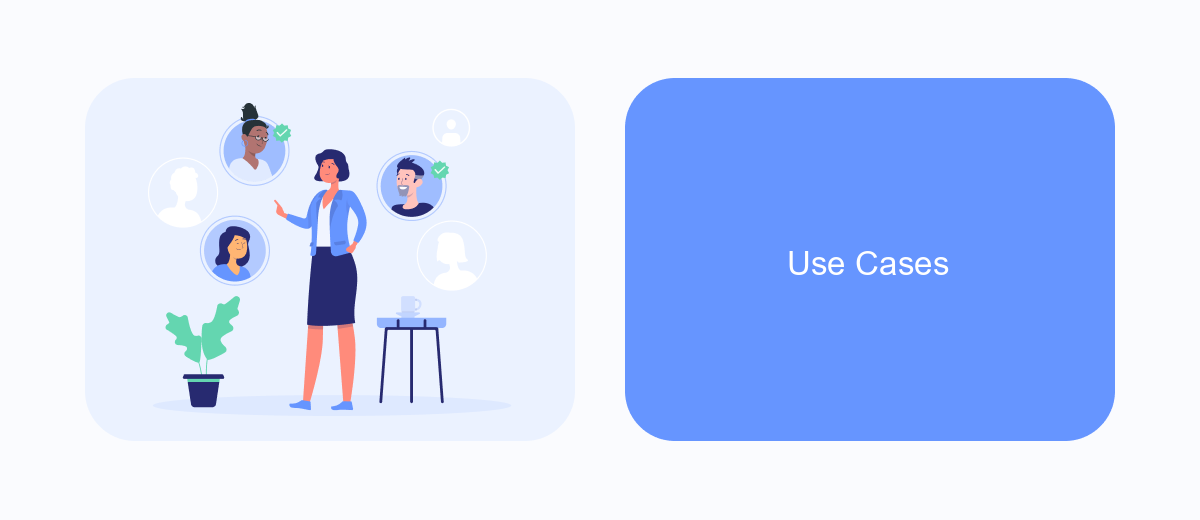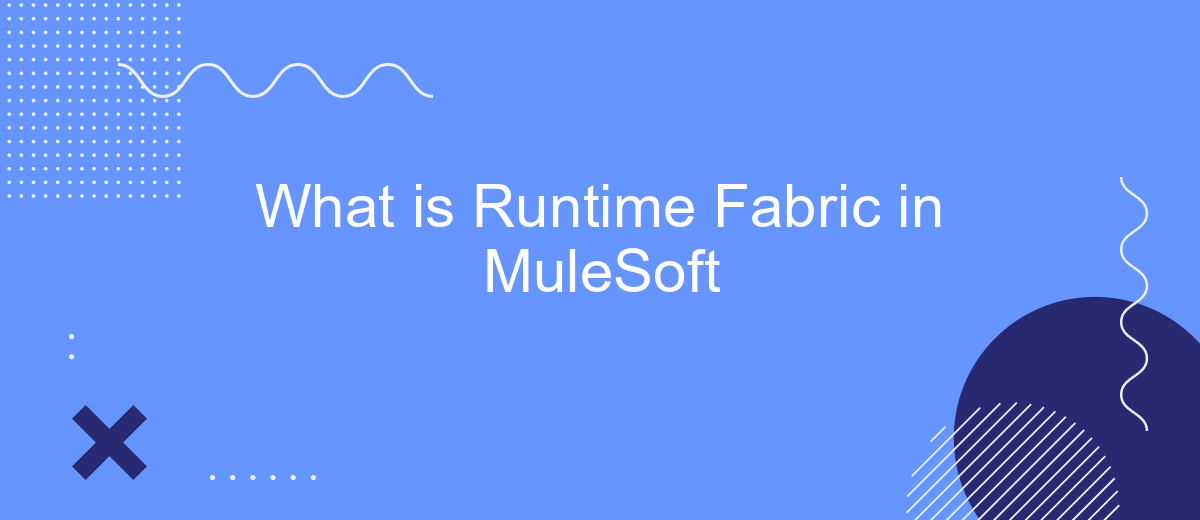Runtime Fabric in MuleSoft is a versatile deployment option designed to enhance the flexibility and scalability of your Mule applications. It allows you to run Mule applications in various environments, including on-premises, in the cloud, or in a hybrid setup. This article explores the key features, benefits, and use cases of Runtime Fabric, providing a comprehensive understanding of its capabilities.
Introduction
Runtime Fabric in MuleSoft is a powerful deployment option that allows organizations to run Mule applications on their own infrastructure or on cloud services. It provides a flexible and scalable environment, ensuring that applications can be deployed efficiently and managed effectively. This technology is crucial for businesses looking to streamline their integration processes and enhance the performance of their applications.
- Enables deployment on various infrastructures
- Scalable and flexible environment
- Streamlines integration processes
- Enhances application performance
By leveraging Runtime Fabric, companies can achieve greater control over their deployments, ensuring that their applications are running optimally. Additionally, integrating tools like SaveMyLeads can further simplify the process, allowing for seamless data transfer and automation of workflows. This combination of technologies ensures that businesses can maintain high efficiency and reliability in their operations.
Key Features

MuleSoft's Runtime Fabric offers a robust set of features designed to enhance the deployment and management of Mule applications. One of its key features is the ability to deploy applications across any environment, whether on-premises, in the cloud, or in a hybrid setup. This flexibility ensures that businesses can adapt to their evolving infrastructure needs without compromising on performance or security. Additionally, Runtime Fabric provides built-in monitoring and logging capabilities, enabling teams to gain real-time insights into application performance and quickly troubleshoot any issues that arise.
Another significant feature is its support for containerization, allowing applications to be packaged with all their dependencies and run consistently across different environments. This is particularly beneficial for maintaining consistency and reliability in complex integrations. Furthermore, Runtime Fabric integrates seamlessly with services like SaveMyLeads, which automates the flow of data between various applications, enhancing the efficiency of integration processes. By leveraging these features, businesses can streamline their operations, reduce downtime, and ensure that their integrations are both scalable and secure.
Benefits

MuleSoft's Runtime Fabric offers a comprehensive solution for deploying and managing Mule applications across various environments. This flexibility ensures that businesses can maintain high performance and reliability in their integration processes.
- Scalability: Runtime Fabric allows organizations to scale their applications seamlessly, ensuring they can handle increased loads without compromising performance.
- Enhanced Security: With built-in security features, Runtime Fabric ensures that your data and applications are protected from potential threats.
- Operational Efficiency: The platform simplifies the deployment and management of applications, reducing the time and effort required for these tasks.
- Flexibility: Businesses can deploy applications on-premises, in the cloud, or in hybrid environments, offering unparalleled flexibility to meet diverse needs.
- Integration with SaveMyLeads: By integrating with services like SaveMyLeads, Runtime Fabric enables automated lead management, ensuring that valuable customer information is captured and acted upon efficiently.
In summary, MuleSoft's Runtime Fabric provides a robust framework for managing and deploying Mule applications, enhancing scalability, security, and operational efficiency. By leveraging integrations with tools like SaveMyLeads, businesses can further streamline their processes and improve overall productivity.
Use Cases

Runtime Fabric in MuleSoft is a versatile solution designed to streamline the deployment and management of Mule applications across various environments. This capability is particularly beneficial for organizations seeking to enhance their integration processes and improve operational efficiency.
One of the primary use cases for Runtime Fabric is in hybrid cloud environments. It allows businesses to deploy applications both on-premises and in the cloud, providing flexibility and scalability. This is essential for companies that need to maintain certain applications within their own data centers while leveraging the cloud for others.
- Seamless deployment across multiple environments
- Enhanced operational efficiency and scalability
- Improved application performance and reliability
- Support for hybrid cloud strategies
For businesses leveraging integration services like SaveMyLeads, Runtime Fabric ensures that data flows smoothly between different systems, enhancing overall productivity. By automating lead management processes and ensuring real-time data synchronization, companies can focus on growth and innovation without worrying about integration complexities.
Pricing
Pricing for MuleSoft's Runtime Fabric is designed to be flexible and scalable, catering to various business needs. The cost structure typically includes a combination of subscription fees, usage metrics, and support levels. Businesses can choose from different tiers that align with their deployment size, performance requirements, and support needs. This ensures that both small enterprises and large organizations can find a suitable plan that fits their budget and operational demands.
In addition to the core pricing model, MuleSoft offers additional services and integrations that can further enhance the value of Runtime Fabric. For instance, services like SaveMyLeads can be integrated to streamline lead management and automate workflows, thereby saving time and reducing manual errors. These additional tools and services often come with their own pricing structures but can be a worthwhile investment for businesses looking to maximize their efficiency and ROI. Always consult with a MuleSoft representative to get a detailed and customized pricing plan that best fits your organizational needs.
FAQ
What is MuleSoft Runtime Fabric?
How does Runtime Fabric enhance application deployment?
What are the key benefits of using Runtime Fabric?
Can Runtime Fabric be integrated with automation services?
Is it possible to manage integrations without extensive coding knowledge?
If you use Facebook Lead Ads, then you should know what it means to regularly download CSV files and transfer data to various support services. How many times a day do you check for new leads in your ad account? How often do you transfer data to a CRM system, task manager, email service or Google Sheets? Try using the SaveMyLeads online connector. This is a no-code tool with which anyone can set up integrations for Facebook. Spend just a few minutes and you will receive real-time notifications in the messenger about new leads. Another 5-10 minutes of work in SML, and the data from the FB advertising account will be automatically transferred to the CRM system or Email service. The SaveMyLeads system will do the routine work for you, and you will surely like it.
